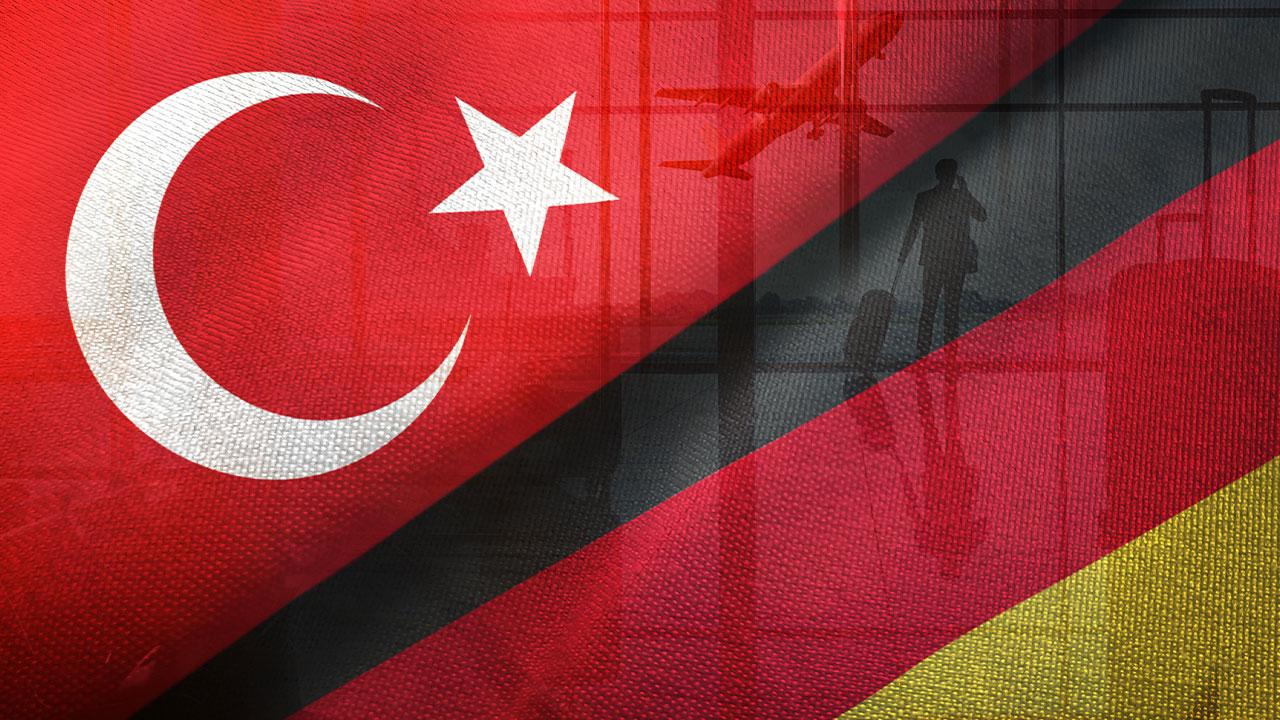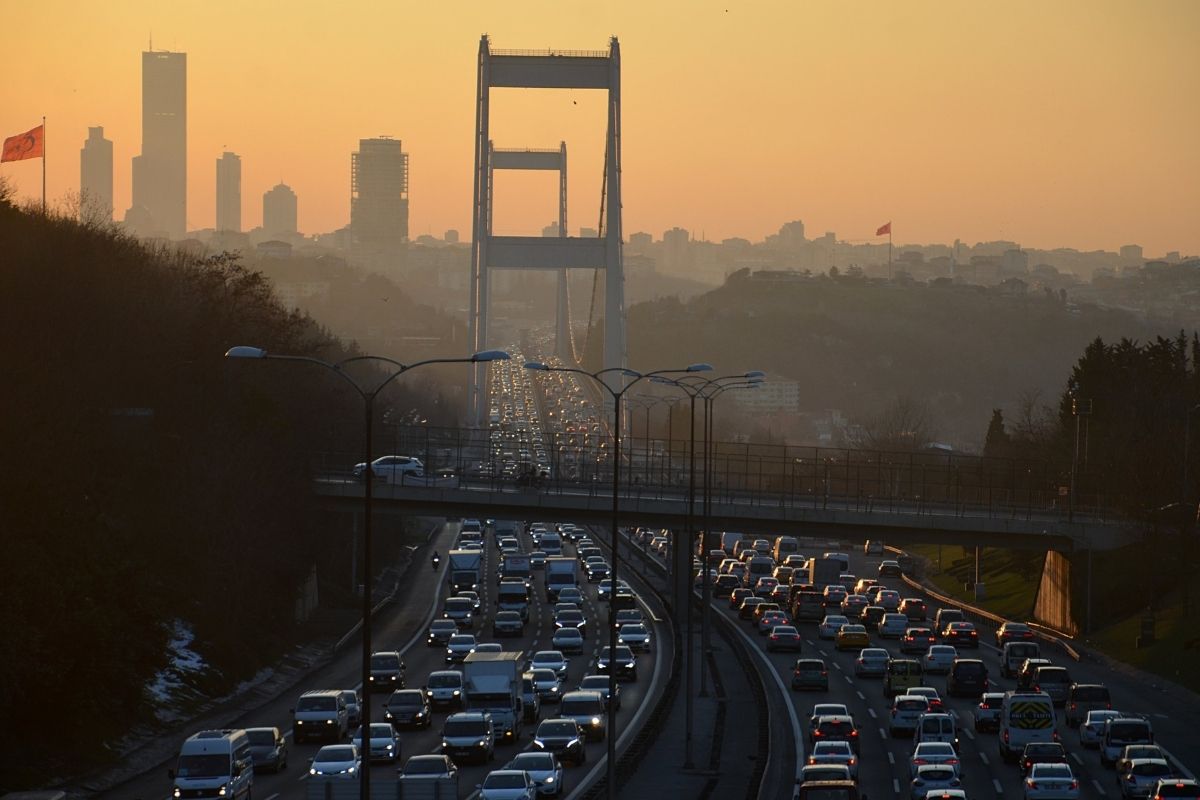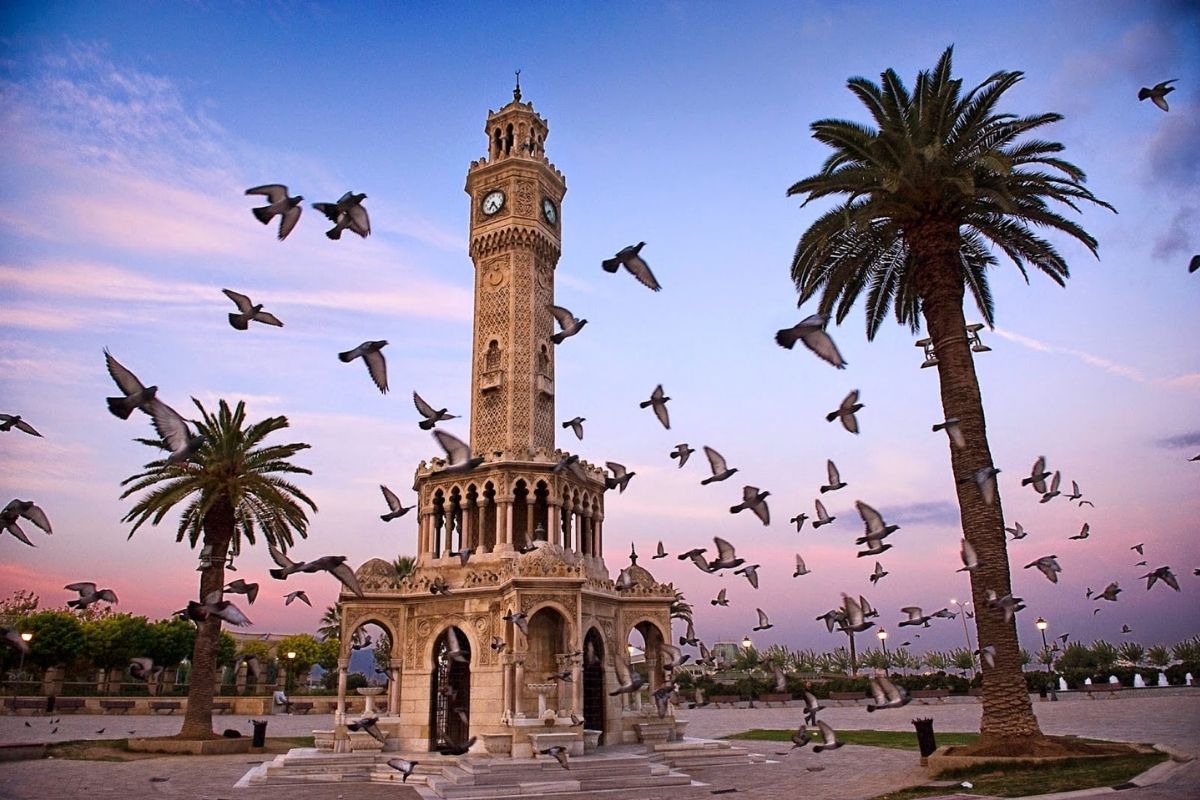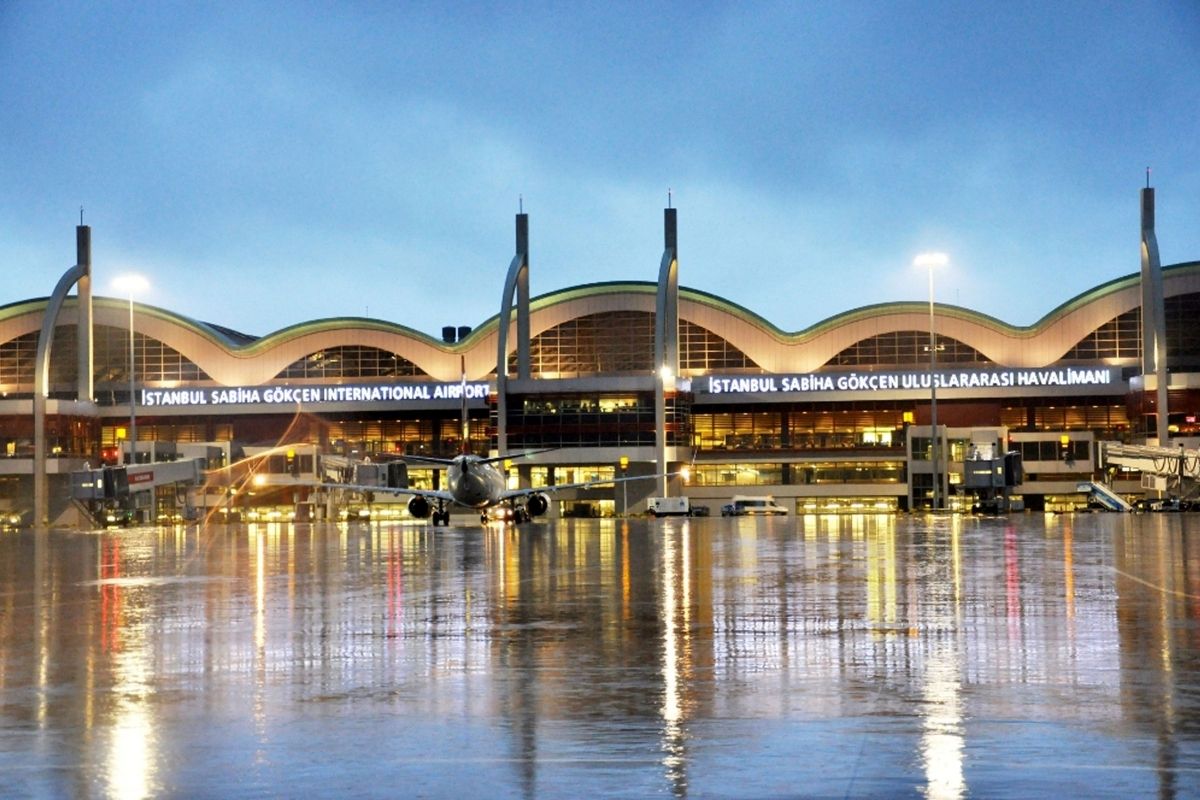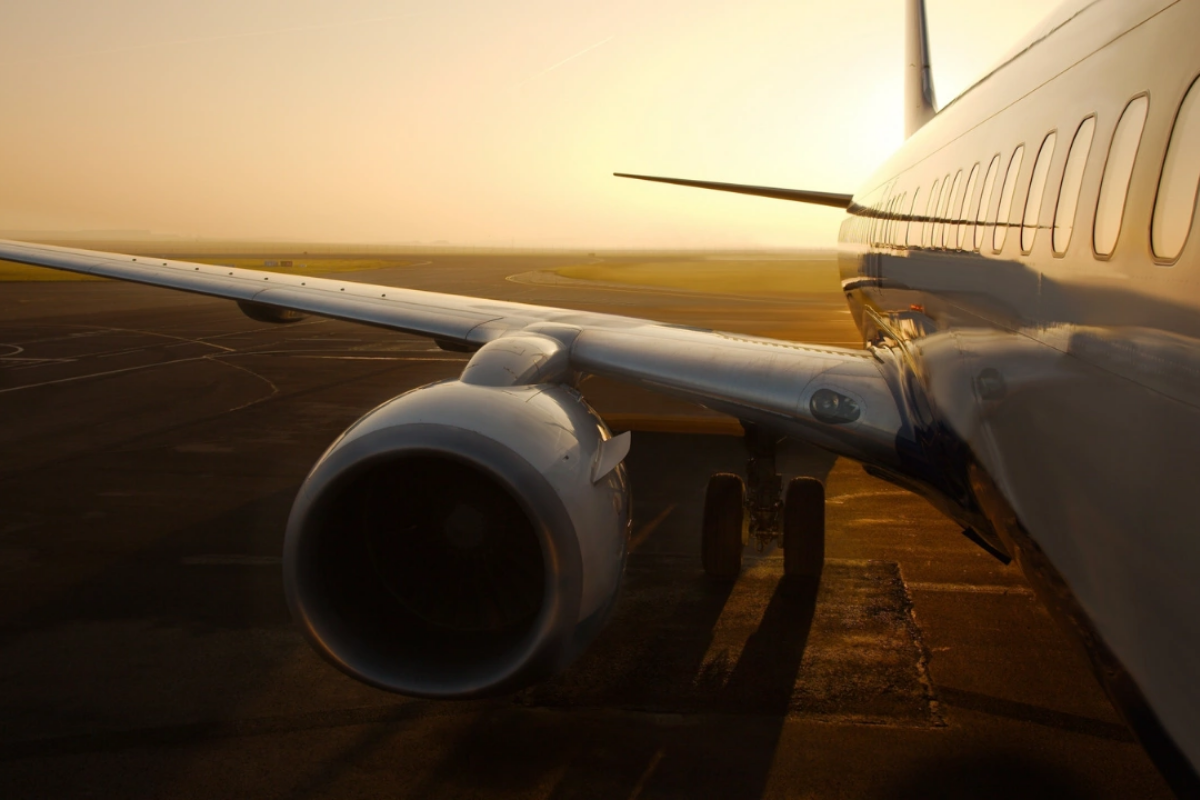Innovative Solutions to Reduce Traffic Congestion
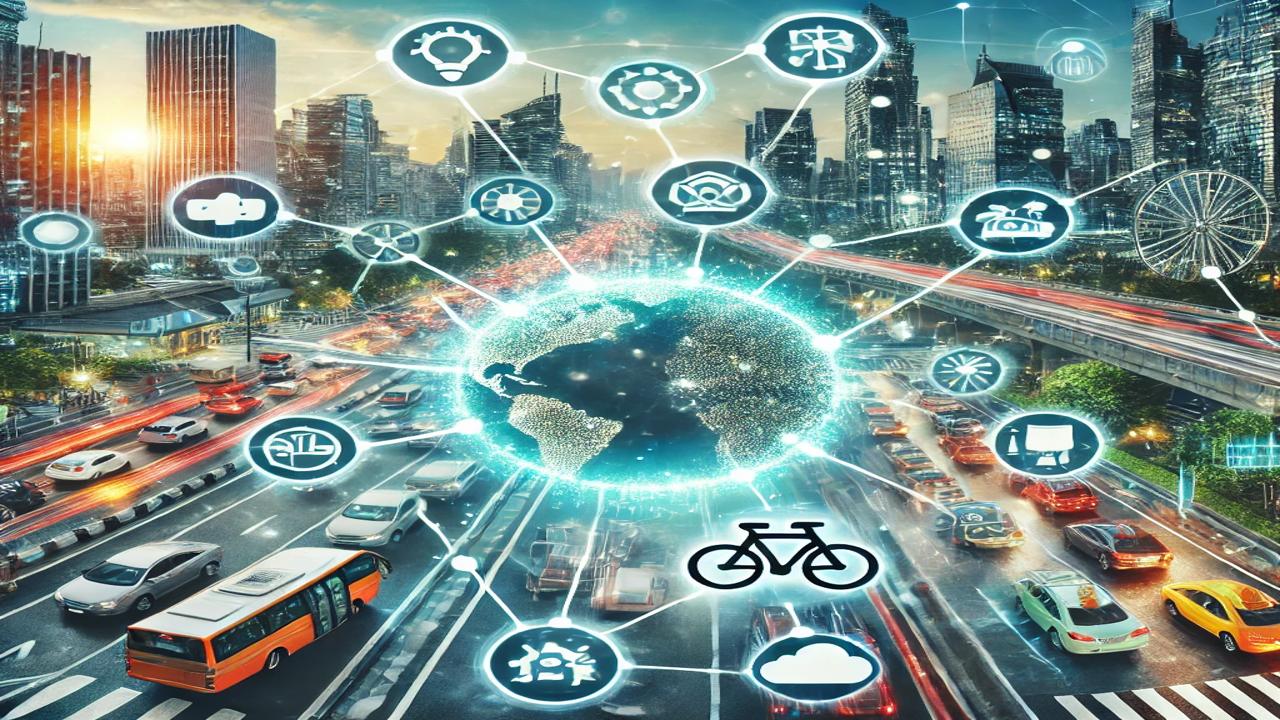
1. Smart Traffic Management Systems
Developing technologies are changing how cities manage traffic flow. Smart traffic management systems optimize traffic lights and signaling in real-time to reduce congestion. These systems use sensors and cameras to monitor road conditions and direct traffic in the most efficient way. Artificial intelligence and machine learning can analyze this data to adjust signal timing and reroute vehicles in congested areas.
2. Electric and Shared Vehicles
One of the most effective ways to reduce traffic congestion is to use fewer vehicles while transporting the same number of people. Carpooling systems and electric vehicles (EVs) can significantly decrease traffic density. Electric vehicles take up less space and are more environmentally friendly compared to fossil fuel-powered vehicles. Additionally, apps that encourage vehicle sharing help people reduce the number of cars on the road, enabling more people to travel in fewer vehicles, which in turn reduces traffic and carbon emissions.
3. Expanding Bicycle and Pedestrian Pathways
Increasing the number of bicycle lanes and pedestrian pathways in large cities can help alleviate traffic congestion. People may prefer biking over driving for short distances. Expanding and ensuring the safety of bike lanes can significantly reduce urban traffic. Furthermore, integrating walking paths and public transportation systems can help ease congestion as well.
4. Autonomous Vehicles: Traffic-Optimizing Technology
Autonomous vehicles offer another innovative solution to reduce traffic congestion. Self-driving cars can move more efficiently in traffic, communicate with one another, and optimize traffic patterns. These vehicles can adhere to speed limits, change lanes at appropriate times, and adjust acceleration and braking, which reduces traffic inefficiencies and streamlines traffic flow.
5. Flexible Work Hours and Remote Working
The busiest traffic hours often coincide with the start and end of the workday. Flexible work hours and remote working policies can reduce the number of people on the roads during peak hours. Employers can encourage employees to work from home instead of commuting to the office, thus avoiding rush hour traffic. These practices can reduce the need for personal vehicles and public transport during peak times, allowing traffic to flow more smoothly.
6. Smart Parking Management
Parking shortages contribute significantly to traffic congestion. Smart parking systems offer an effective solution by enabling real-time tracking of parking availability. These systems monitor parking occupancy and guide drivers to the nearest available spots. This reduces the time spent searching for parking spaces, thereby improving traffic flow. Such systems can be highly effective in cities facing parking shortages, helping ease overall traffic congestion.
7. Public Transportation and Micro-Mobility Solutions
Public transportation systems play a critical role in reducing urban traffic. However, these systems need to be efficient and comfortable to encourage people to use them. Expanding electric buses, trams, and metro lines can help decrease car usage. Moreover, micro-mobility solutions (such as electric scooters and bike-sharing programs) can serve as alternatives to public transportation for short distances, improving overall mobility in congested areas.
8. Reverse Commute Applications
Reverse commuting involves offering the same routes to people who work in the opposite direction, making use of available capacity. This can be particularly effective in large cities where many people travel long distances in the morning and evening. By facilitating reverse commuting, especially for workers who travel from suburban areas to city centers or vice versa, this approach can help reduce congestion during peak hours.


